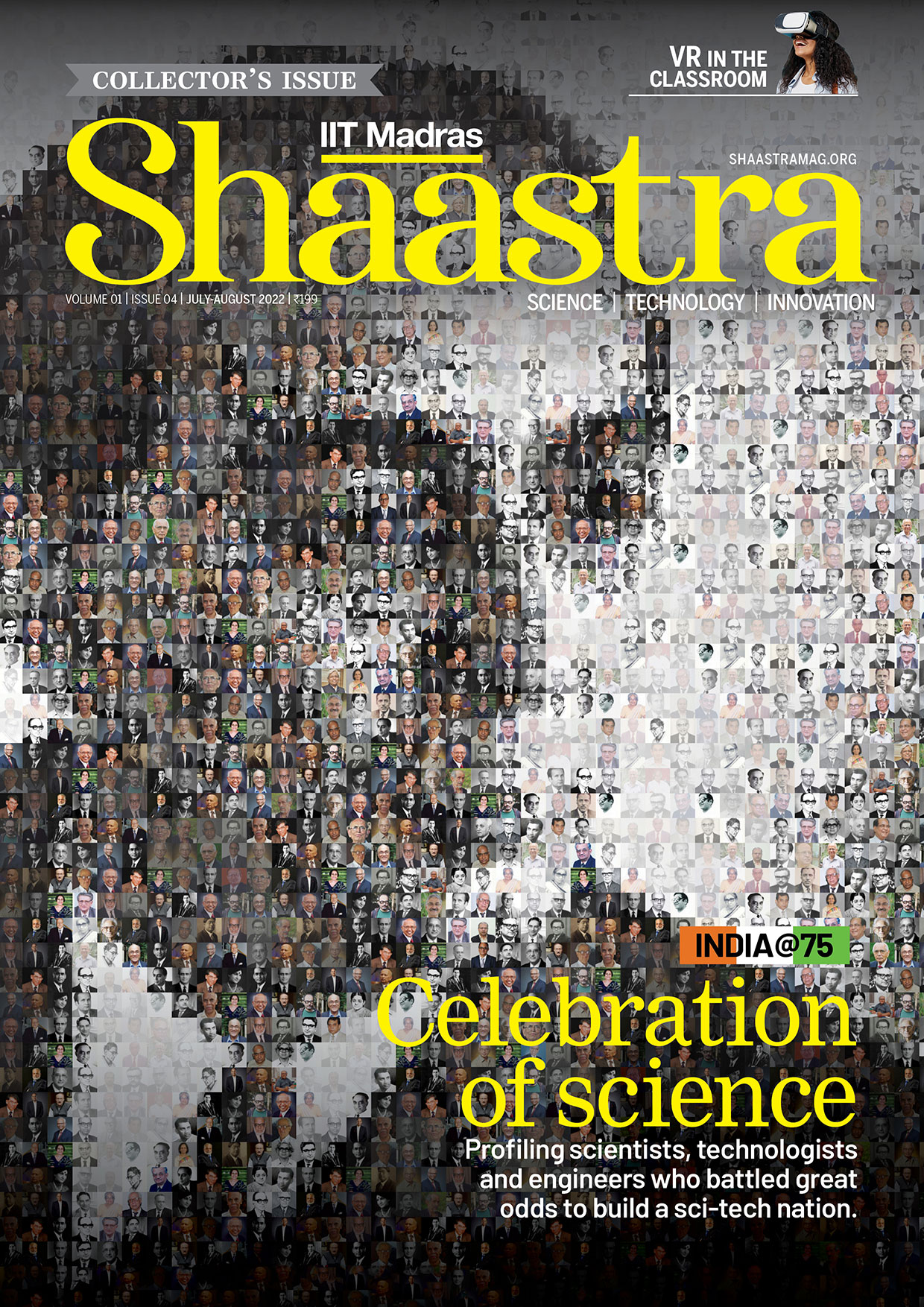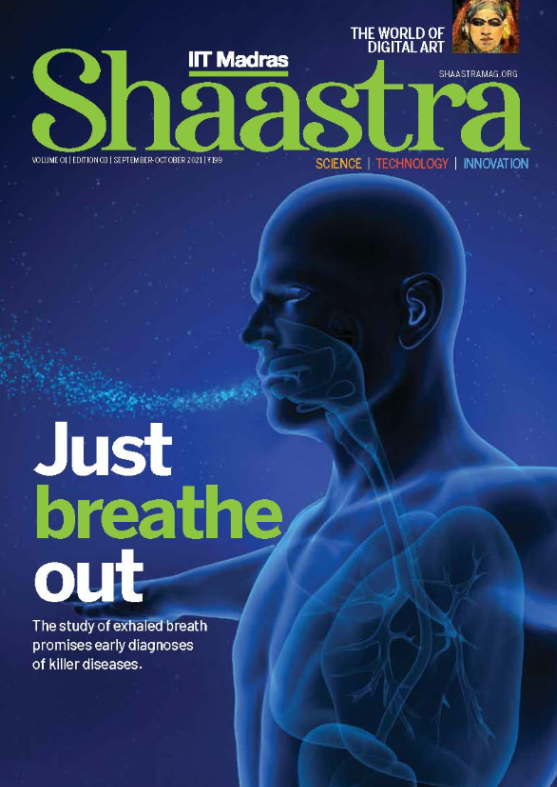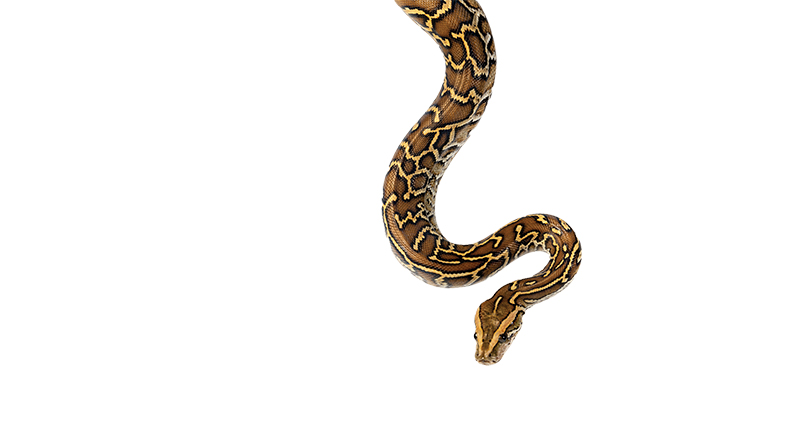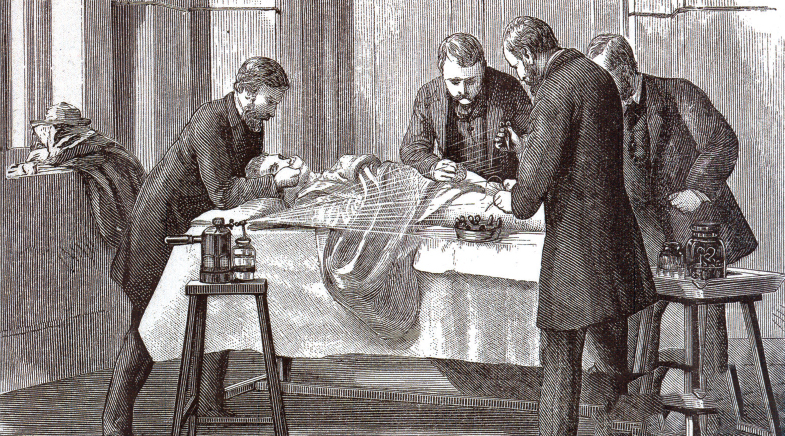On a hydrogen hunt
-
- from Shaastra :: vol 03 issue 07 :: Aug 2024

Project PRATUSH is proposed to fly to the far side of the Moon to observe signals from an adolescent universe.
When Mayuri Rao was a research scholar, she was imparted a bit of academic wisdom with real-world applications. Getting a PhD, she was told, is like getting a driving licence: "it enables you to explore and understand things that lie beyond". Her experience since then has affirmed this; during her postdoctoral training, she worked in instrumentation, gaining the ability to come back to her PhD problem and even go beyond it.
A team led by Ravi Subrahmanyan, then at the Raman Research Institute (RRI), Bengaluru, was working to detect a signal from hydrogen atoms that had filled the universe when it was relatively young – less than a billion years old. The researchers wanted to capture this signal using a ground-based detector named SARAS (Shaped Antenna measurement of the background RAdio Spectrum). Initiated around 2010, SARAS has evolved through four stages; in its fourth stage, the sensing antenna is deployed over water bodies like lakes – to reduce interference from radio frequency sources.
The next possible stage entails a project named PRATUSH, an acronym for Probing ReionizATion of the Universe using Signal from Hydrogen. Rao, now an Associate Professor at RRI, is leading this experiment with Saurabh Singh, also an Associate Professor. PRATUSH has been proposed as a payload for a future mission that will orbit the Moon and collect data from its far side – the invisible side that always faces away from the Earth. Undisturbed by radio frequency disturbances from Earth and other sources, this is the most radio-quiet region that is accessible.
The signal that the scientists are looking for, called the 21-centimetre line of hydrogen, is expected to be very faint, since it comes from an early period in the evolution of the universe. For this and other reasons, it is hard to detect it against the noisy interference from electromagnetic radiation from other sources.
Faint though it may be, detecting the hydrogen 21-cm line signal from the so-called 'Cosmic Dawn' would be as momentous as the discovery in the mid-1960s of the cosmic microwave background (CMB). Since the CMB's discovery, a lot has become known about the early stages of the universe, points out Singh. With powerful telescopes like the Hubble Space Telescope and the James Webb Space Telescope, the later stages of the universe are being studied, he notes. However, little is known about the 'adolescent years' of the universe. This is the information vacuum that PRATUSH might fill.
PAST ISSUES - Free to Read


Have a
story idea?
Tell us.
Do you have a recent research paper or an idea for a science/technology-themed article that you'd like to tell us about?
GET IN TOUCH














